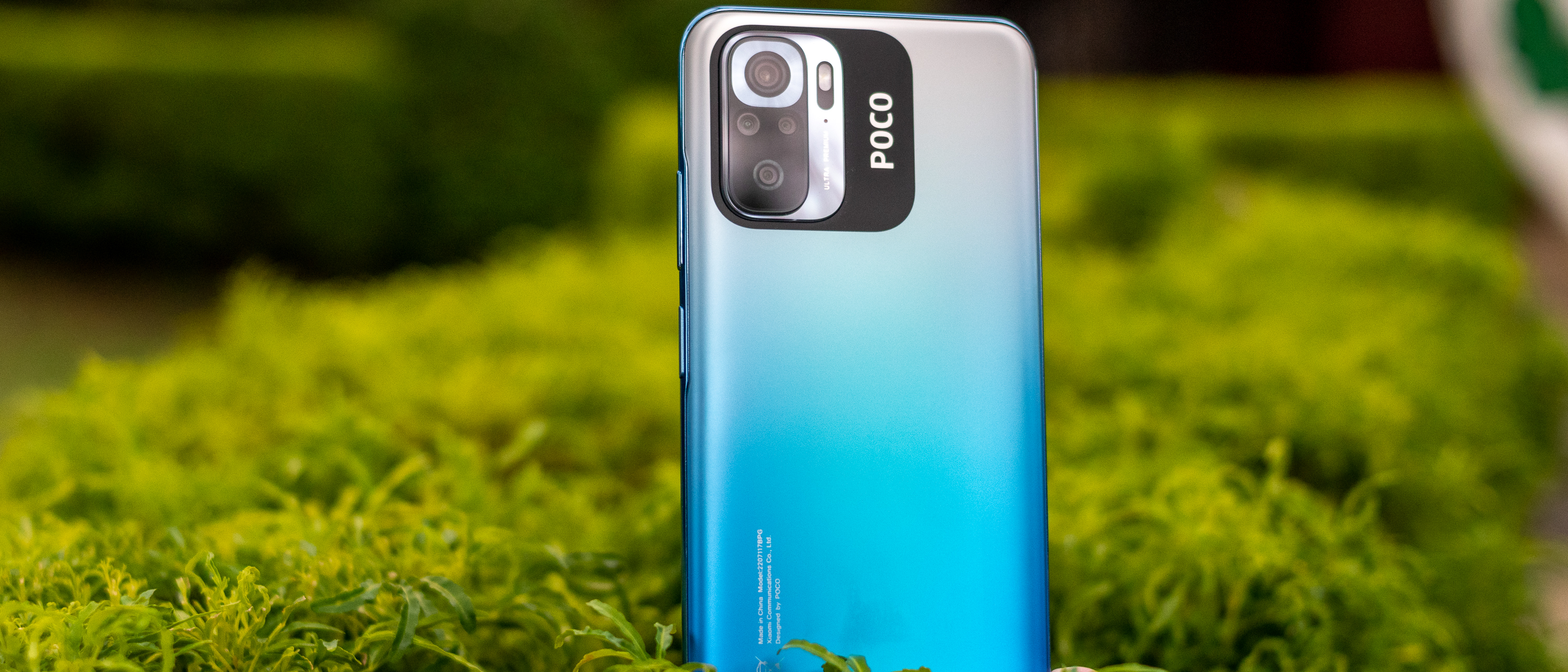Android Central Verdict
The Poco M5s is easily one of the best entry-level phones money can buy, with solid build quality and head-turning design, impressive battery life, and general performance. However, its software falls short of the quality hardware, bringing the phone down a notch.
Pros
- +
Vibrant AMOLED display
- +
Ultrawide lens
- +
Great endurance
- +
Fast charging speed
- +
Attractive design
- +
Impressive dual speakers
Cons
- -
No 90Hz screen refresh rate
- -
Buggy software
- -
Poor low-light camera performance
- -
No 5G support
Why you can trust Android Central
When I reviewed the POCO M5 a few weeks ago, I thought it was lacking in a handful of areas, including the camera and charging speed. Its more expensive sibling, the POCO M5s, fills those gaps with an impressive overall performance.
There's a huge difference between the POCO M5s and its cheaper sibling, most notably in design. It is essentially a rebranded Redmi Note 10S, which launched early last year in certain markets, including Europe and Asia. This means it doesn't have the faux leather found in the POCO M5, instead opting for a matte polycarbonate back with a metallic finish and a plastic frame owing to its budget positioning. Xiaomi's influence can also be seen in the camera design despite POCO claiming that it's independent from its parent company.
While POCO has released numerous budget phones since the Poco F1 launched in 2018, the POCO M5s is one of the closest things to a true successor to that device. It has a few high-end specs you could want at a reasonable price. But will its aesthetics and build quality be enough to bring POCO to the top of the budget segment? We'll find out in this review.
POCO M5s: Price and availability

The POCO M5s is available in three colors: grey, blue, and white. The phone ships in three memory variants. The 4GB/64GB configuration is priced at €209, the 4GB/128GB at €229, and the 6GB/128GB at €249.
In the UK, the color options and memory configurations are limited. The POCO M5s is only available in grey, with the 4GB/128GB costing £189. Meanwhile, the 4GB/128GB configuration retails for £209. Unfortunately, the device isn't available in India, though it is rumored to launch in the country in November.
POCO M5s: What's good
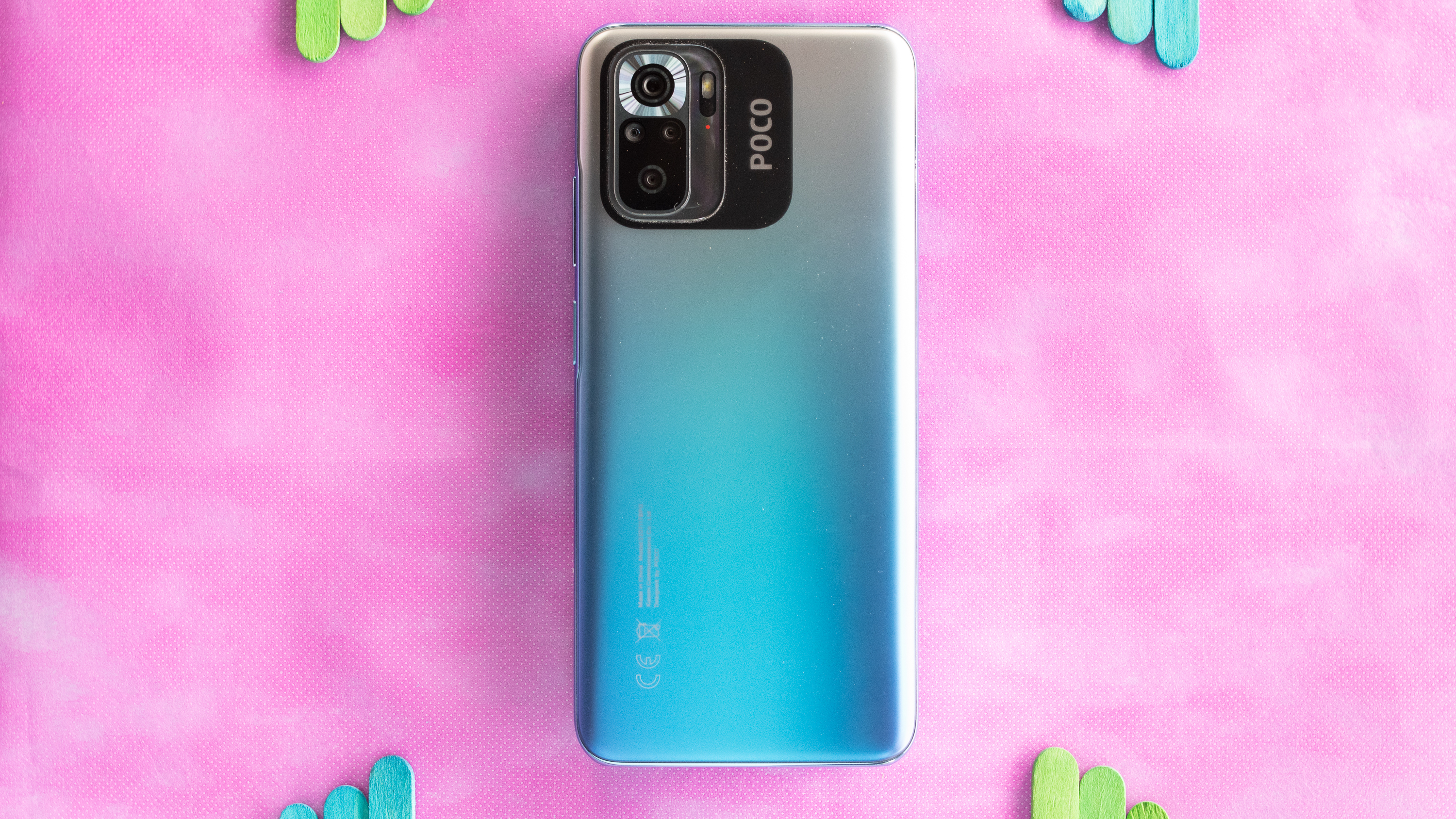
There's something to be said for Xiaomi's relentless design iterations. While the POCO M5s lacks a significant aesthetic upgrade over many Xiaomi-centric phones, it retains all of the key tenets that make the POCO M lineup appealing to budget-conscious users. The phone revives the once-outdated gradient back design, making it fashionable once more.
While the POCO M5s ditches the glass back for plastic, nowhere does it look cheap. It's arguably one of the most attractive budget phones I've ever seen. The matte finish, in particular, is stunning, particularly in blue, and the dual-tone finish adds a nice touch to the aesthetics.
Get the latest news from Android Central, your trusted companion in the world of Android
POCO also deserves credit for including features in the M5s that most modern smartphones do not have, such as a microSD card slot and a 3.5mm headphone jack.
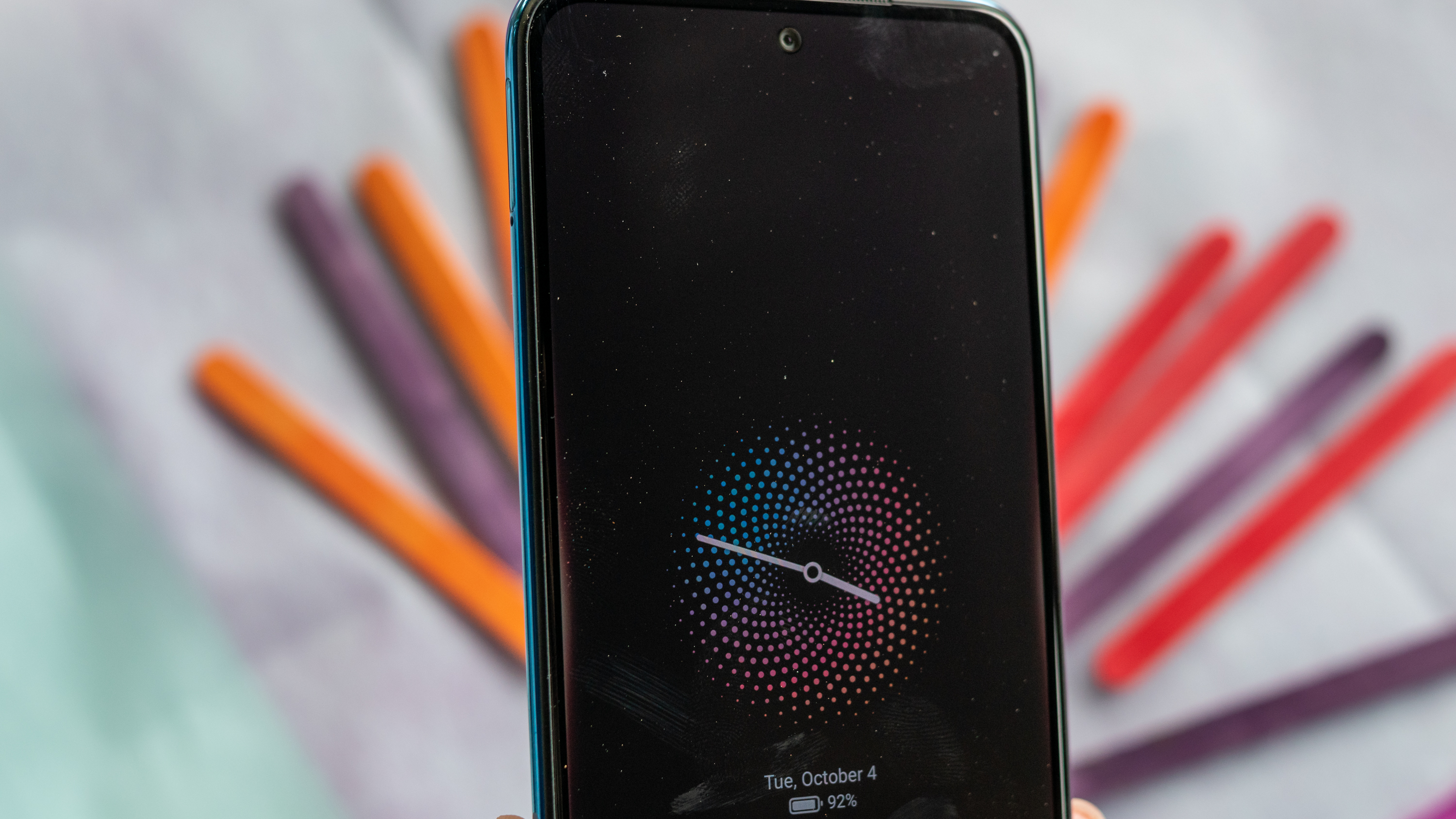
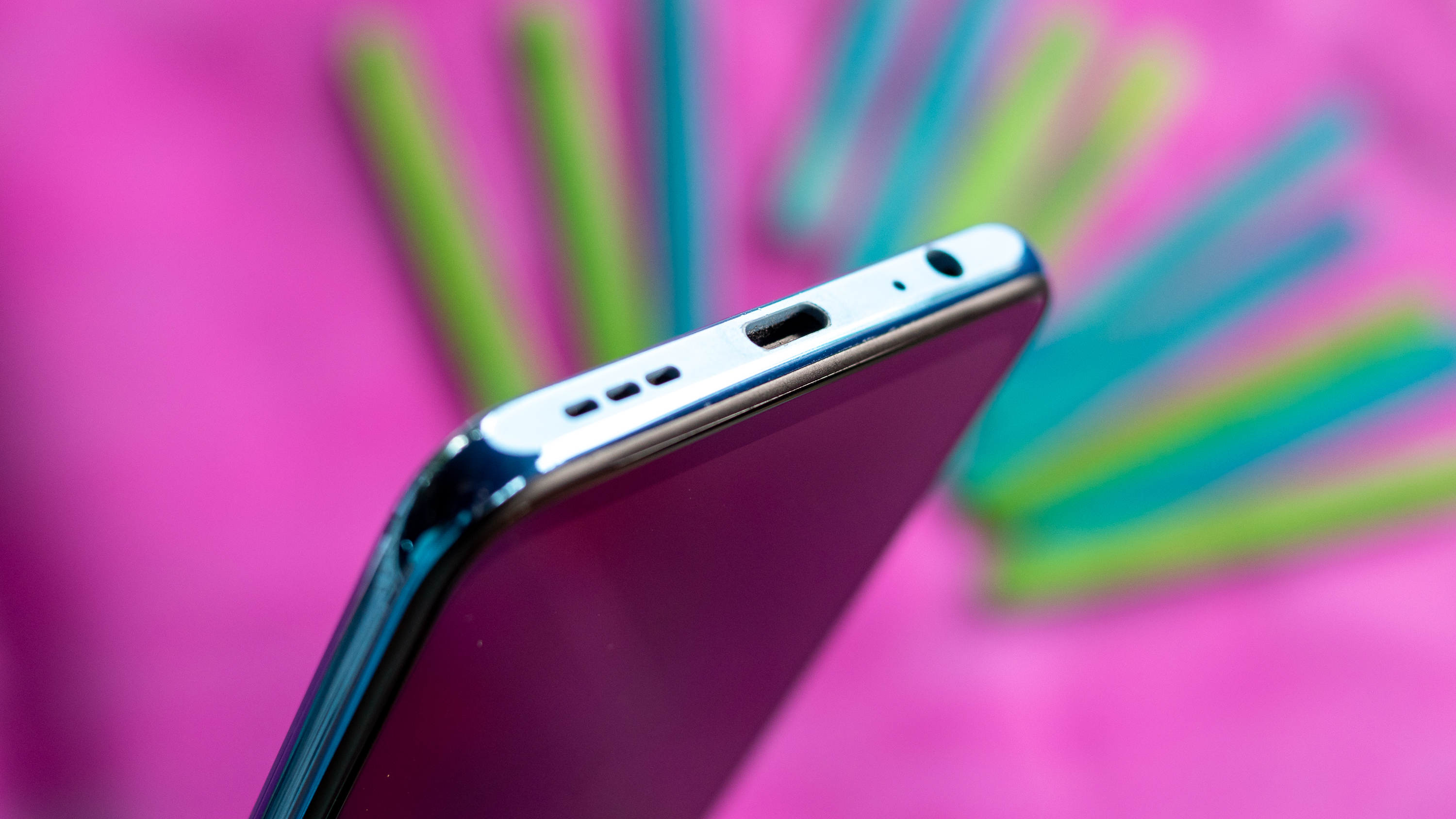
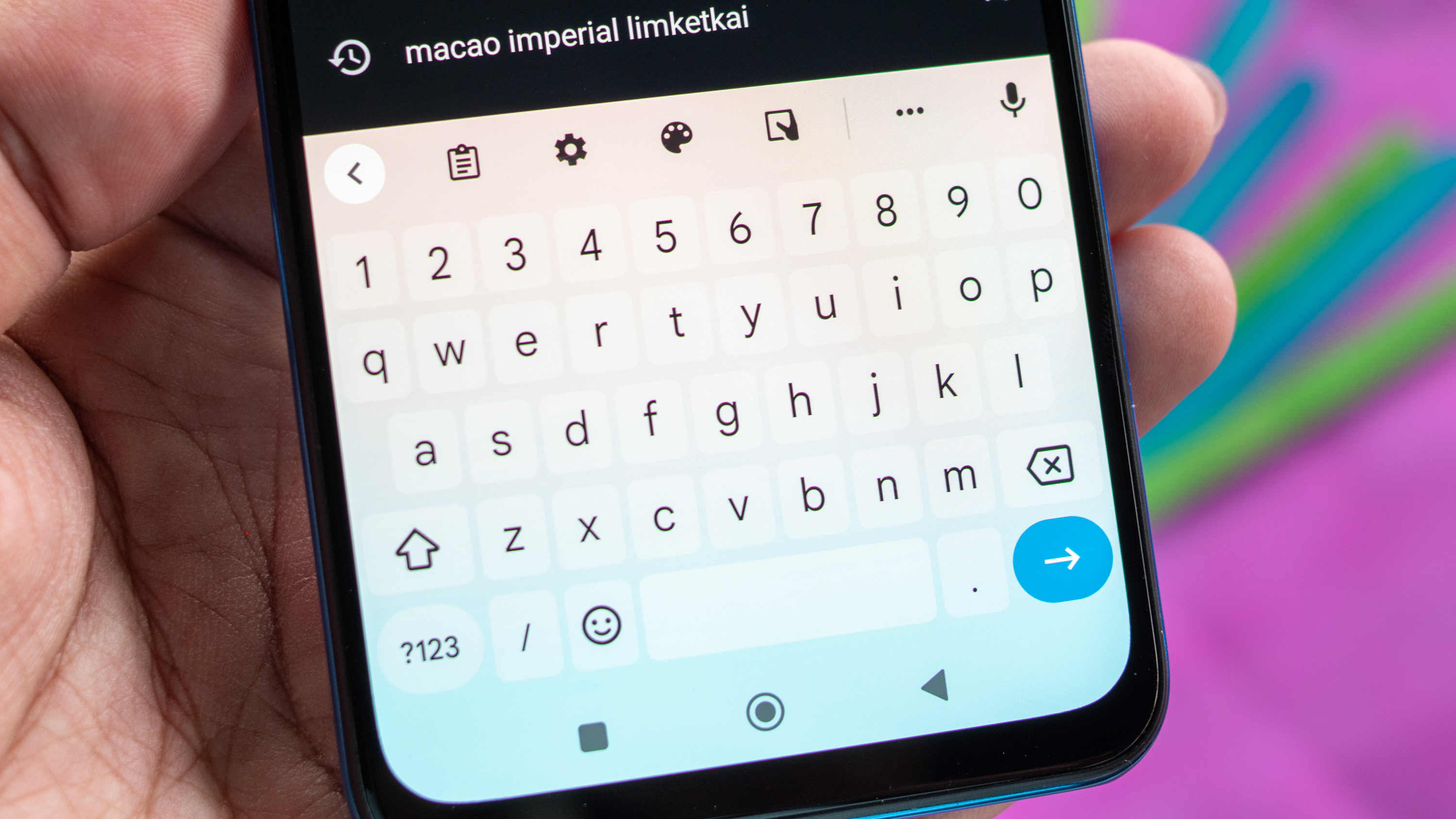
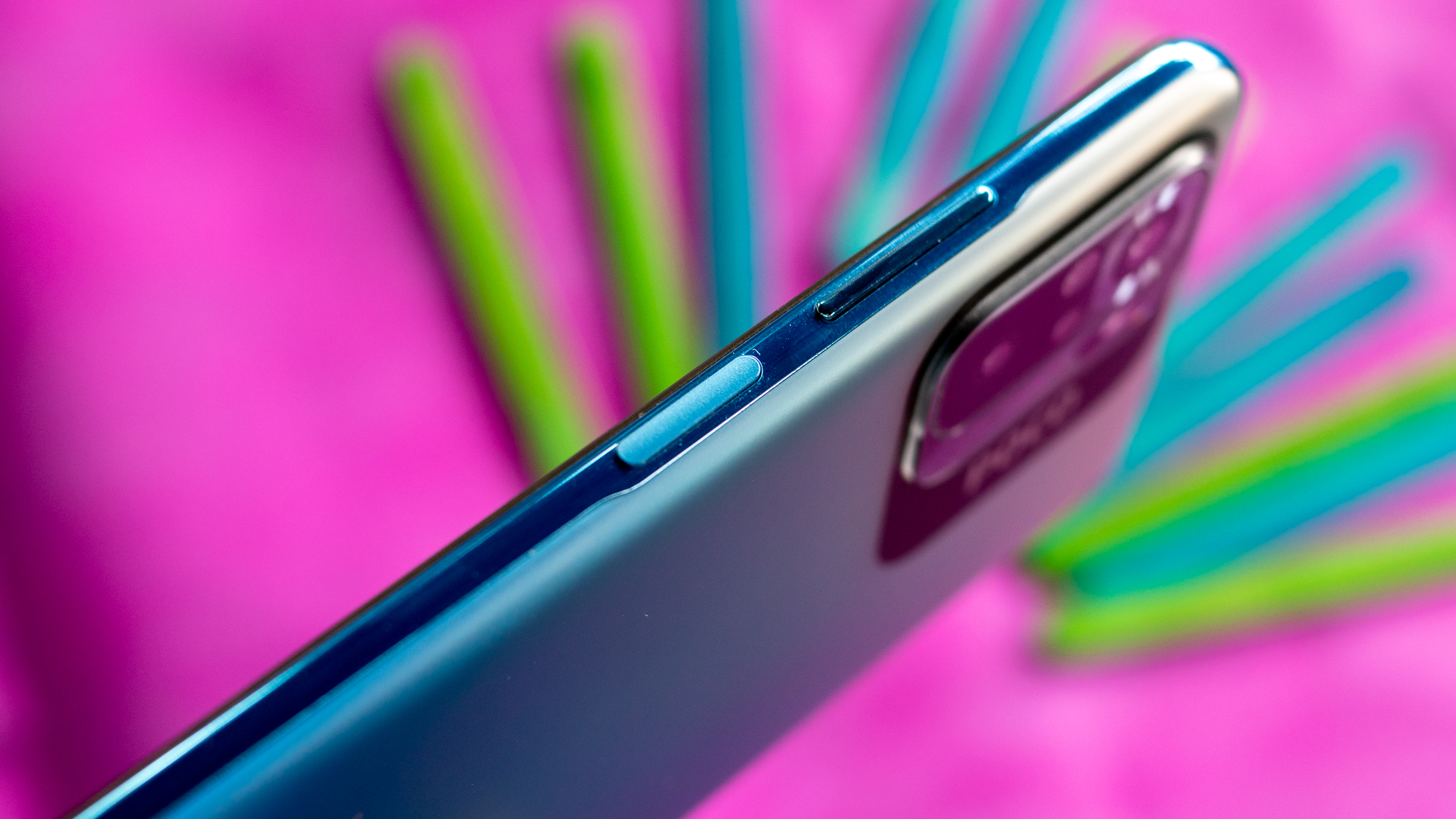
The phone also edges out the POCO M5 in the audio department, with one of its standout features being the dual stereo speakers that aid in the overall listening experience. In contrast, the POCO M5 only comes with a single speaker, which may disappoint if you watch your favorite Netflix series without a pair of headphones.
The POCO M5s features an IP53 rating for splash resistance, which is rare for a handset in this price range. That said, it is better than nothing at all.
Despite its low price, POCO did an excellent job of tuning the display and design of the M5s to make it feel more premium.
Unlike the POCO M5, the M5s uses an AMOLED panel that does wonders for a budget phone. Nonetheless, it has a slightly smaller display than the M5, measuring 6.43 inches as opposed to 6.58 inches on the latter. Where the phone lacks in screen size, it makes up for it with vibrant colors and excellent contrast with accurate saturation.
The screen is clear to see even in harsh sunlight thanks to its 700 nits of brightness. POCO claims its display brightness can go as high as 1100nits. The only drawback to the screen is the lack of HDR support, but you can't expect much from a low-cost phone.

The POCO M5s holds its own in day-to-day use despite a relatively old processor (MediaTek Helio G95). I rarely experienced any major issues other than a few negligible stutters when navigating the interface. However, it's a different story when launching a game, which I'll review later.
Like many of the best cheap Android phones, money can buy, the POCO M5s sticks to a 5,000mAh battery, which seems to be the bare minimum for the budget segment. The phone's battery life does not disappoint, easily lasting the day with enough juice left over to get you through the night. In my experience, I got about eight hours of screen on time for moderate use like phone calls, social media, and web browsing.
However, your mileage can vary. The battery can last up to five hours when streaming Netflix shows or playing heavy games.
The POCO M5s is also notable for its quick charging speeds. It took about one hour and fifteen minutes to charge the phone from zero to 100%. Furthermore, a 30-minute charge provides approximately 60% of the battery's capacity, which should be sufficient for a full day of use.
| Category | POCO M5s |
|---|---|
| Operating System | Android 12 (MIUI 13) |
| Display | 6.43 inches, FHD+, AMOLED, Corning Gorilla Glass 3 |
| Chipset | MediaTek Helio G95 (12 nm) |
| RAM | 6GB (4GB in some markets) |
| Storage | 128GB (64GB in some markets) |
| Rear Camera 1 | 64MP wide angle, f/1.8 |
| Rear Camera 2 | 8MP ultra-wide, f/2.2, 118 degrees |
| Rear Camera 3 | 2MP macro sensor, f/2.4 |
| Rear Camera 4 | 2MP depth sensor, f/2.4 |
| Front Camera | 13MP wide angle, f/2.4 |
| Battery & Charging | 5000mAh, 33W |
| Connectivity | Wi-Fi 802.11 a/b/g/n/ac, 4G, NFC, Bluetooth 5.0 |
| Security | Fingerprint (side-mounted), facial recognition, PIN |
| Colors | Gray, Blue, White |
| Dimensions | 160.5 x 74.5 x 8.3mm |
| Weight | 178.8g |
While the rest of the POCO M5s is a step up over the previous models in this series, POCO has stuck to its typical camera array for the phone. The setup comprises a 64MP primary camera, an 8MP ultra-wide shooter, a 2MP macro sensor, and a 2MP depth sensor.
In broad daylight, the phone has got image quality right, with photos leaning toward a natural look with just the right amount of contrast. Even in shadowy areas, there are sufficient details. The phone also has a decent HDR performance, as evidenced by how well it balances shadows and highlights.
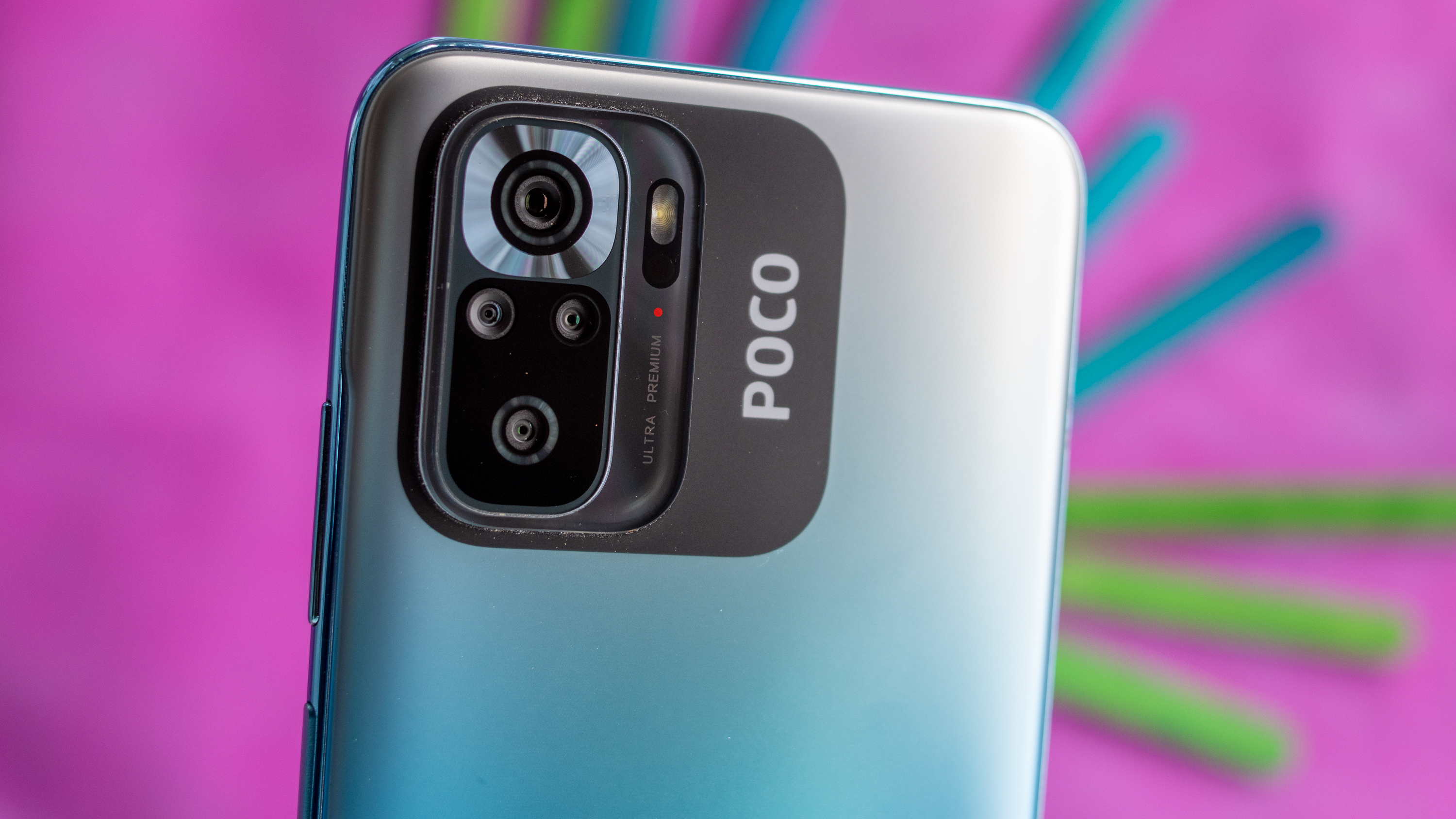

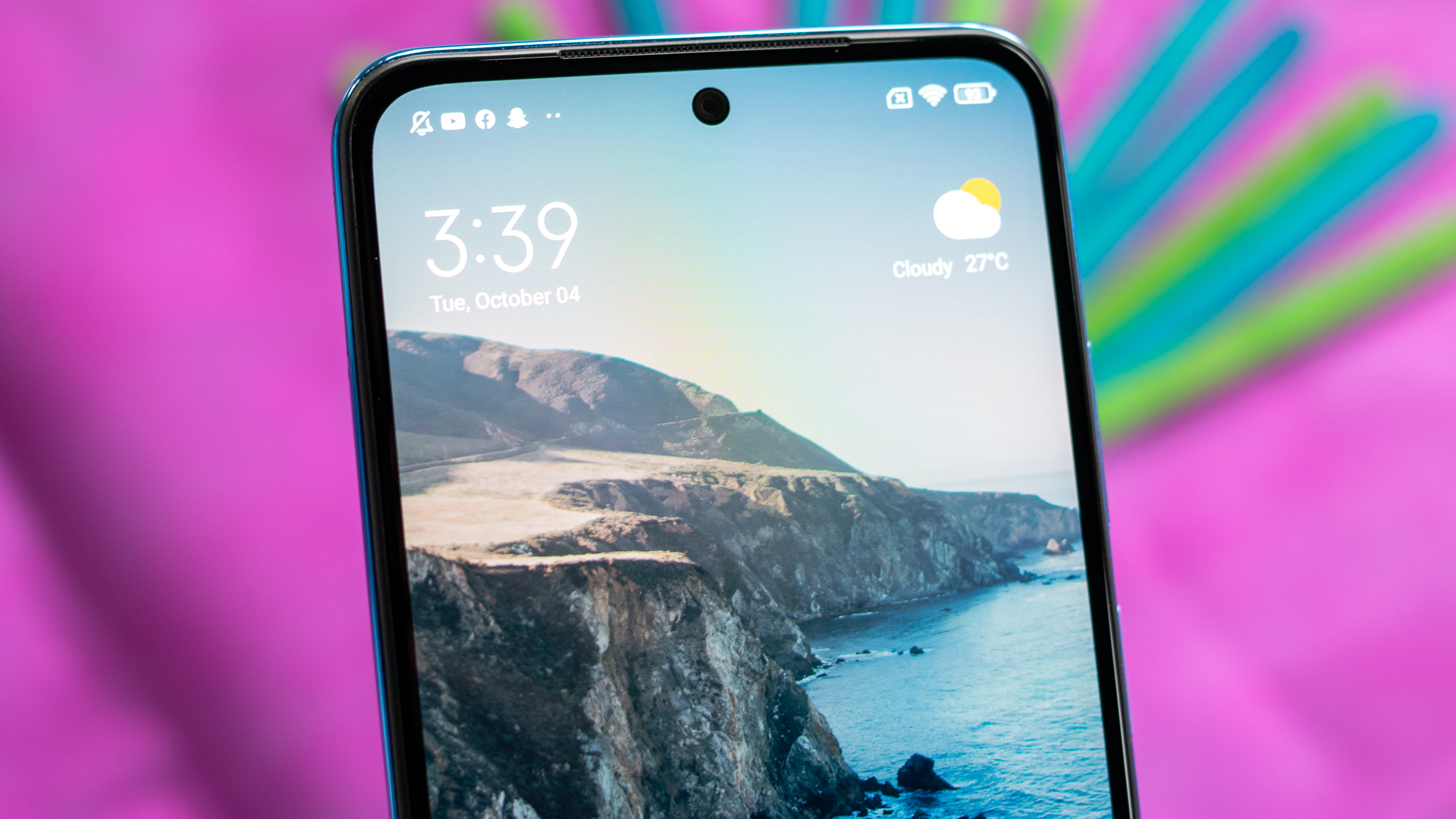
Another thing about the POCO M5s that impresses me is the addition of an ultra-wide camera, which is missing from the M5. And it takes passable images, though its dynamic range is compromised in low-light situations.
I'm impressed by the macro photos from the POCO M5s as well. The 2MP depth sensor allows you to get up close with what you're shooting at a reasonable distance. That said, it is obvious that POCO is trying to make the shots look good through a lot of post-processing, which leads to some quirky photos.
POCO M5s camera samples





Finally, the 13MP front camera captures decent shots as well, with passable details and minimal filter application. The phone is capable of capturing 4K videos at 30fps, which is not often available in a cheap phone.
POCO M5s: What's not good
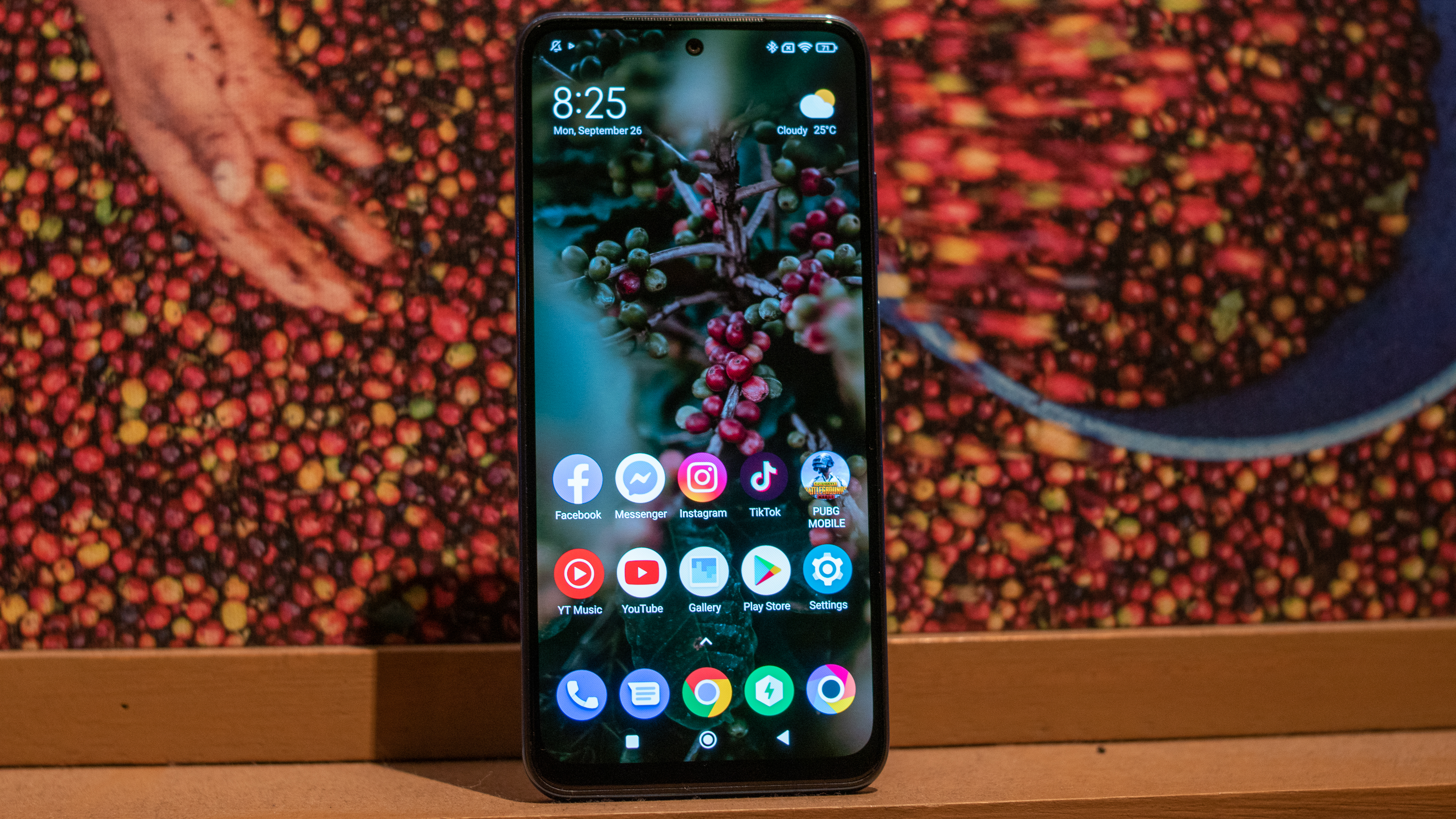
While the POCO M5s eclipses the M5 in almost every way, the lack of a high refresh rate panel is one of its drawbacks. After all, other POCO budget models, such as the Poco X3, have begun to push 120Hz refresh rates. The POCO M5, for example, has a screen refresh rate of 90Hz. Many of these phones, however, have IPS LCDs rather than the high-quality AMOLED found on the M5s. A high refresh rate AMOLED panel in the budget segment may be some time away.
The Helio G95 chipset, which is in the same price range as the Helio G99 that powers the POCO M5, also has its downsides. These are fundamentally the same chipsets, except that the Helio G99 has a higher clock speed. As such, you can expect a slightly lower performance with the M5s, especially when playing games.
If you're looking for pure performance, the POCO M5s doesn't fare well with graphics maxed out. While games like PUBG Mobile run just fine with the graphics turned up, the phone warms up noticeably. Worse, it crashes out of the blue each time I launch the game. I'd recommend sticking to light games in this case.
The lack of 5G support, underwhelming low-light camera quality, and buggy software take their toll on the POCO M5s.
As is typical with most Xiaomi phones, POCO's latest budget model is not immune to frequent in-UI ads, and that's what brings the software experience a notch lower.
In terms of low-light camera performance, the M5s is underwhelming, with noise levels going up a little. That said, they are easily remedied with some post-processing. I'm also a little disappointed with the low dynamic range in indoor shots, which results in details being lost in darker areas.
Finally, the lack of 5G support is another drawback, seeing as the POCO M4 Pro came with a 5G model. That said, if you don't really need the latest wireless connectivity standard, the POCO M5s should be right up your alley.
POCO M5s: Competition
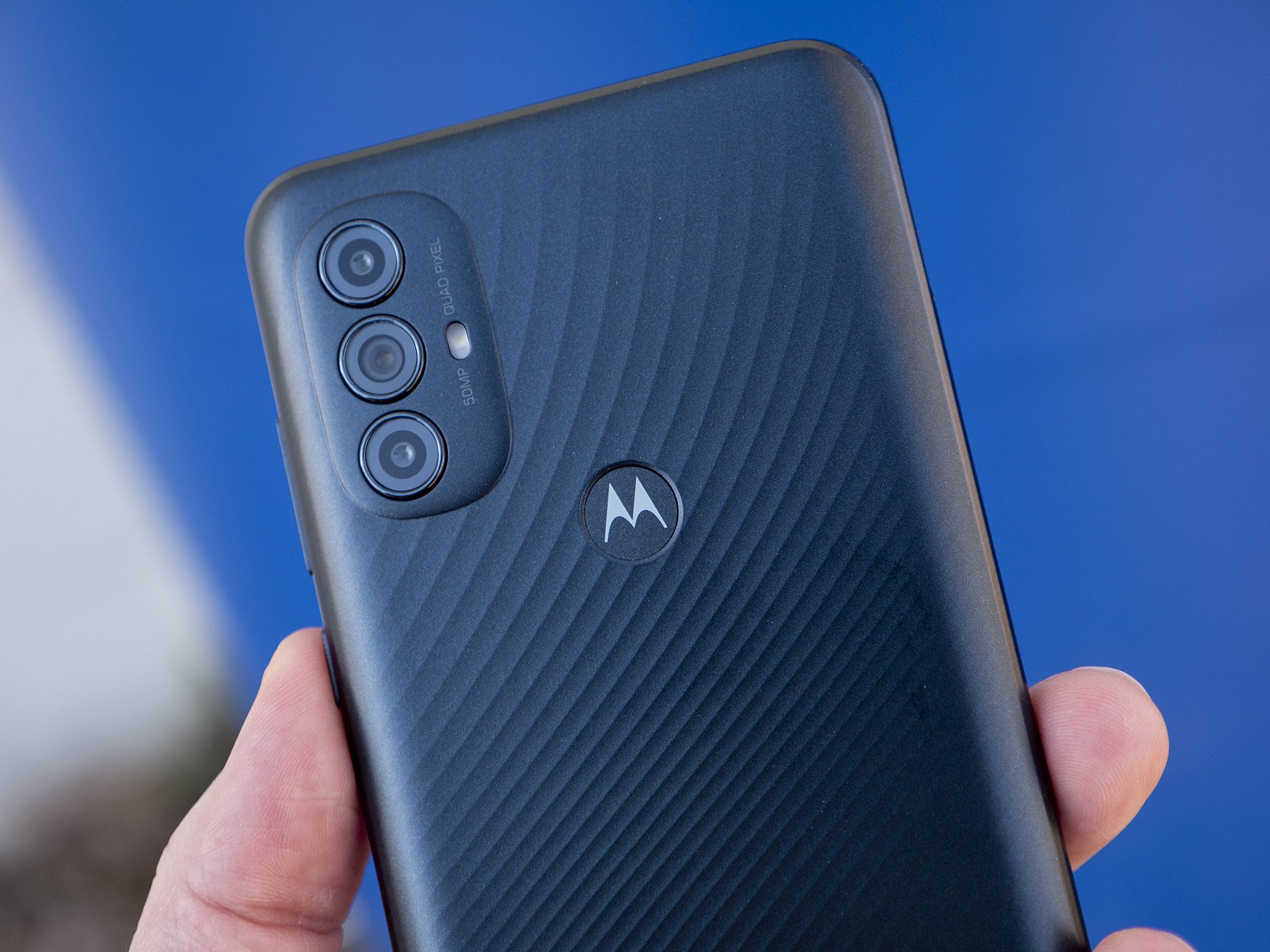
The POCO M5s faces a laundry list of great options in the budget segment. The Moto G Power (2022) is the closest thing that comes to mind, boasting a 6.5-inch display with a refresh rate of 90Hz, though it only has a resolution of 720 x 1600. It's way cheaper than the M5s at $120, though it comes at the expense of 4K video recording capability, fast charging speed, and other features you can get from POCO's contender.
The OnePlus Nord N20 5G is another great alternative if you're looking for a 5G-enabled budget phone. At $300, the phone sports an AMOLED screen sans a high refresh rate. It has a smaller 4,500mAh battery, though, with 33W fast charging speed.
For Samsung fans, the Samsung Galaxy A23 5G is an excellent option from the company, offering a well-rounded experience without breaking the bank. For the same price as the Nord N20, it is capable of up to 120Hz refresh rate. Under the hood, it is powered by a Snapdragon 695 SoC, paired with up to 8GB of RAM.
POCO M5s: Should you buy it?

You should buy it if...
- You love a vivid display with stellar contrast.
- You want a long-lasting battery with quick charging time.
- You want a premium-looking phone without hurting your wallet.
- You're looking for an ultra-wide camera option on a budget.
You should not buy it if...
- You're looking for a smooth 90Hz screen refresh rate.
- You want a stellar camera performance in low-light situations.
- You need 5G connectivity on a budget.
The POCO M5s is a great bang-for-the-buck smartphone, demonstrating that the Xiaomi sub-brand aims to up the ante in the budget segment. It is a well-rounded phone with decent performance for daily use.
Ultimately, this phone is for people who value processing power and display quality over everything else. Unlike some competing phones, it demonstrates POCO's willingness to go the extra mile in terms of design quality and polish without raising the price.
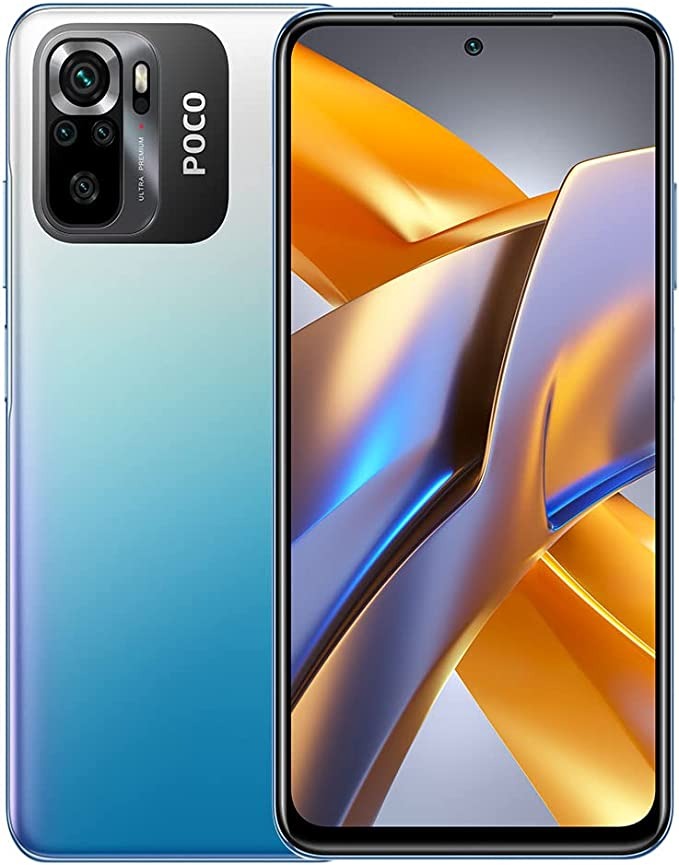
Excellent value for money
The Poco M5s is without a doubt one of the best entry-level phones money can buy, thanks to its solid build quality and eye-catching design. This phone is for those who value camera and display quality above all else.

Jay Bonggolto always keeps a nose for news. He has been writing about consumer tech and apps for as long as he can remember, and he has used a variety of Android phones since falling in love with Jelly Bean. Send him a direct message via X or LinkedIn.
